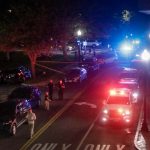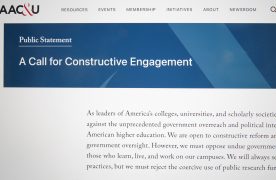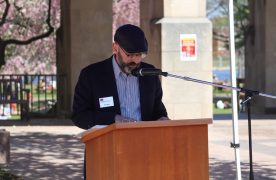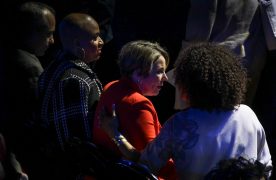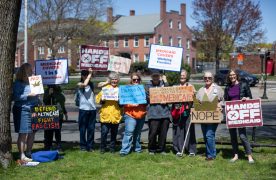Thousands of both official and non-registered runners will struggle at Heartbreak Hill Monday and make an exhilarating entrance into Copley Square for the 2003 Boston Marathon, one of the world’s most renowned races.
The marathon’s prestige comes in part from its entry qualifications. Each entrant is required to run a qualifying time, determined by age and gender, in a certified marathon. For runners who have never done so, however, there is another avenue to qualify for the race.
The Boston Athletic Association, the marathon’s sanctioning organization, allows runners who have raised at least $2,500 for a local charity to enter the race without running a qualifying time. Many runners choose the alternate path to get an official spot in the race.
Kristen Hartnett, a 29-year-old Watertown, Conn. native who now lives in Boston, is running to raise money for the local chapter of Big Brothers, Big Sisters. She has collected almost $5,000 from various sponsors, she said.
Hartnett, who has never run a marathon before, said she has ‘followed a pretty regimented schedule’ from Runners’ World magazine in order to train for the marathon.
The 16-week schedule dictates a weekly minimum mileage, but ‘the real emphasis is on the longer runs,’ she said over the phone as she iced her left hamstring.
Scott Borgerson, a 27-year-old Boston resident, collected $2,500 for the New England Shelter for Homeless Veterans, mostly through a percentage of the bar proceeds at a marathon party he threw at P.J. Ryan’s. Borgerson has been a member of the Coast Guard for 10 years and an officer for six.
Monday will be the Festus, Mo. native’s first marathon ‘and my last,’ he joked, saying that while he was excited for the race, he was also a little nervous.
‘I feel like I’ve prepared for it, but it’s a long way to run,’ he said.
Brett Costello, a 26-year-old Pembroke, Mass. native living in Boston, raised $3,500 for the American Liver Foundation to qualify for the Marathon. He said his first reason for running was personal. He sought out the charity as a means to get registered for the race, he said.
Once he raised the money for the race, however, he found it was a good way to get himself ‘running outside in the horrible weather.’
He trained using a regimen from a book called ‘Marathons For Non-Runners,’ which consisted of a combination of short and long runs. The longest run he took to prepare for the marathon was 21 miles, though, like most runners, he has been ‘tapering down’ his mileage to rest for the marathon.
Costello said his feelings vacillate between excited and nervous. After the marathon, he said he plans to go to a party that his cousin, who is also running, is throwing.
‘I’m definitely looking forward to seeing if I can stomach a beer,’ he said.
For some aspiring marathon runners who were too busy to qualify either way, the answer is to simply run unregistered.
Victoria Garcia, a 21-year-old junior in Boston University’s Sargent School of Health and Rehabilitation Sciences, said she and a friend, who is also unregistered, plan to join the runners at the beginning of the race and run the course along with them ‘the bandit thing,’ as she called it.
‘There’s so many runners, they can’t really tell who’s registered,’ she said.
She added that she thought Marathon organizers did not really mind if unregistered people run.
Garcia, a Chicago native, is as excited for the race as any of the registered racers.
‘I’ve been waiting all year for this,’ she said.
This is an account occasionally used by the Daily Free Press editors to post archived posts from previous iterations of the site or otherwise for special circumstance publications. See authorship info on the byline at the top of the page.

